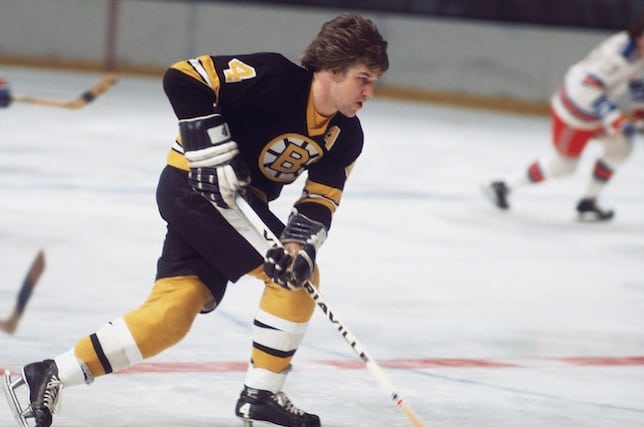
Historical goal differential shows which teams have been the ‘wealthiest’ throughout history
What does historical goal differential say about how NHL clubs have performed throughout their history? It helps identify which teams have been the wealthiest throughout their history and shows how dominant teams — or even individual players — have been over seasons, decades or entire eras.
 Historical goal differential shows which teams have been the ‘wealthiest’ throughout history
Historical goal differential shows which teams have been the ‘wealthiest’ throughout historyThe most important thing in hockey is goals. Everyone knows that. Goal difference is the stat Mike Babcock himself points too when he talks about
the best teams in the league, and he’s right. The teams that outscored their opponents most have usually been the best hockey teams in the league. Usually. Sometimes there’s aberrations and outliers that skew the results, but for the most part it’s probably the best way to measure how a team has played in the past (although predicting how they play in the future is a different story). That’s why we’ve developed an interactive chart that shows each team’s goal differential for every season they’ve been in the league, and their running total since joining. If goals are the currency of the league, then this chart will show just how wealthy each team has been throughout history.
The only issue is putting those results into the context of the era they were achieved in thanks to changing scoring rates and differing talent pools. It’s difficult to compare teams from the dead-puck-era to teams in the high-flying 80’s so it’s necessary to try and put every team on the same page. That means adjusting the goal differential for every team to reflect a league that scores six goals-per-game and closely resembles the talent distribution in 1992-93 – both of which are roughly the average marks for the league. The adjustment is meant to show how far away the team was from its competition for the season and put the rate on the same level as any other team season. For example, this year’s Goal Differential Champions, the New York Rangers, were at plus-60, but because scoring is down and league parity is at a high the adjustment takes them to plus-91. On the other end of the spectrum, the 1977 Montreal Canadiens posted an astronomical plus-216, but because scoring was higher and talent was sparse (or they were all on that Habs team), they get adjusted down to plus-162. So if both teams played in the same season under the same conditions, the ’77 Canadiens would be at plus-162, with the ’15 Rangers at plus-91. As for using the actual chart (located below), it should be pretty straightforward. On the “by season” chart, click on a team from the drop down menu on the upper left to see their timeline and click individual bars to see the total. The second chart features a running total of adjusted goal difference with an adjustable year range. Clicking on a team (or two or more) from the scrollable menu on the upper left highlights that team and shows them against the rest of the league. Looking at the whole picture from 1927 to 2015 doesn’t say much that we don’t already know (although it is crazy to see just how much better the Habs have been than anybody else), but changing the year range makes it easier to identify trends and show the most dominant teams from different eras or decades.
Here’s some interesting things I noticed: Chicago dug themselves such a deep hole during the formative years of the league that they’re still at -344 during their lifetime and the worst of the Original 6. The Kane and Toews era has them inching closer to above water though. It’s amazing to see the impact of single players within their organization and how easy it is to spot when they entered the league. The biggest jumps come from two of the greatest defensemen of all time: Bobby Orr and Nicklas Lidstrom. From 1952 to 1994, the Montreal Canadiens had exactly one negative season. One. No surprise that’s where most of their Cups came from. What the Habs don’t have is the single best season for a team. That honour goes to a recent team, the 2007-08 Red Wings at plus-167. The team actually mustered a plus-73 goal differential that season, but the next four ranged from plus-30 to 40. That’s a bigger gap then it seems and the adjustment takes care of it. In their first 12 years of existence, the Edmonton Oilers built up an 800 goal cushion. That’s entirely gone now and they’re in the negatives. Same thing goes for the Islanders although their cushion was smaller and their drop was much larger. Let us know what you find in the comments. Next week we’ll apply this concept to championship odds to show how many Cups each team should have by now. Leafs fans may want to avoid it.